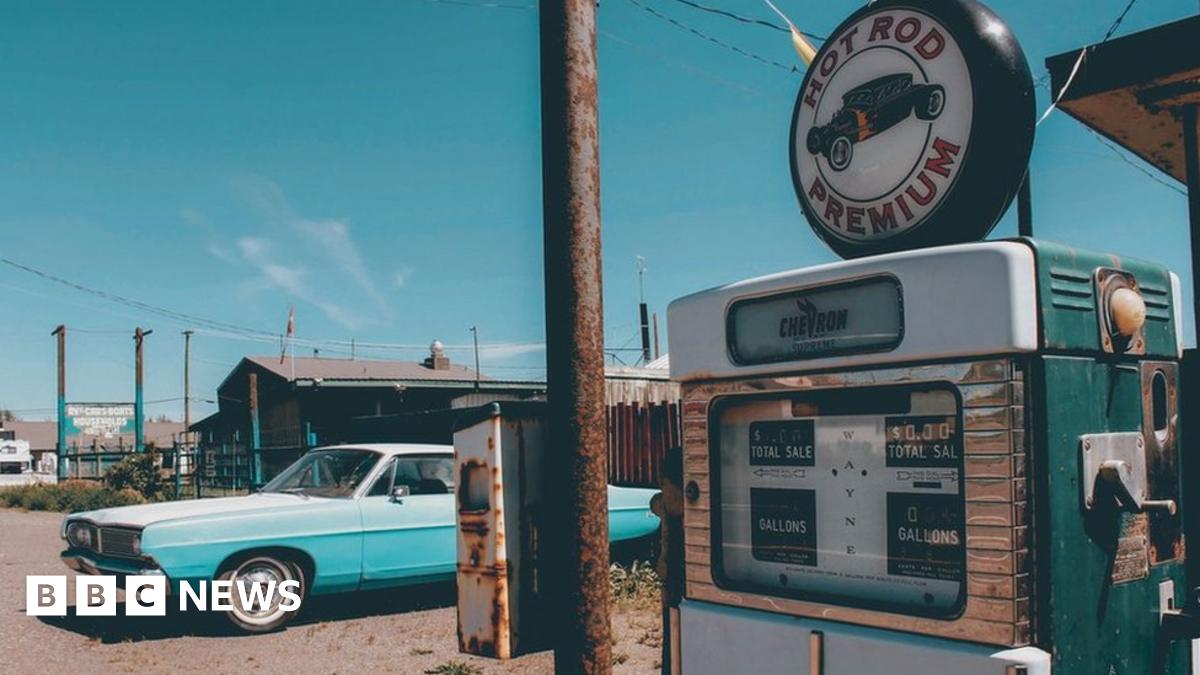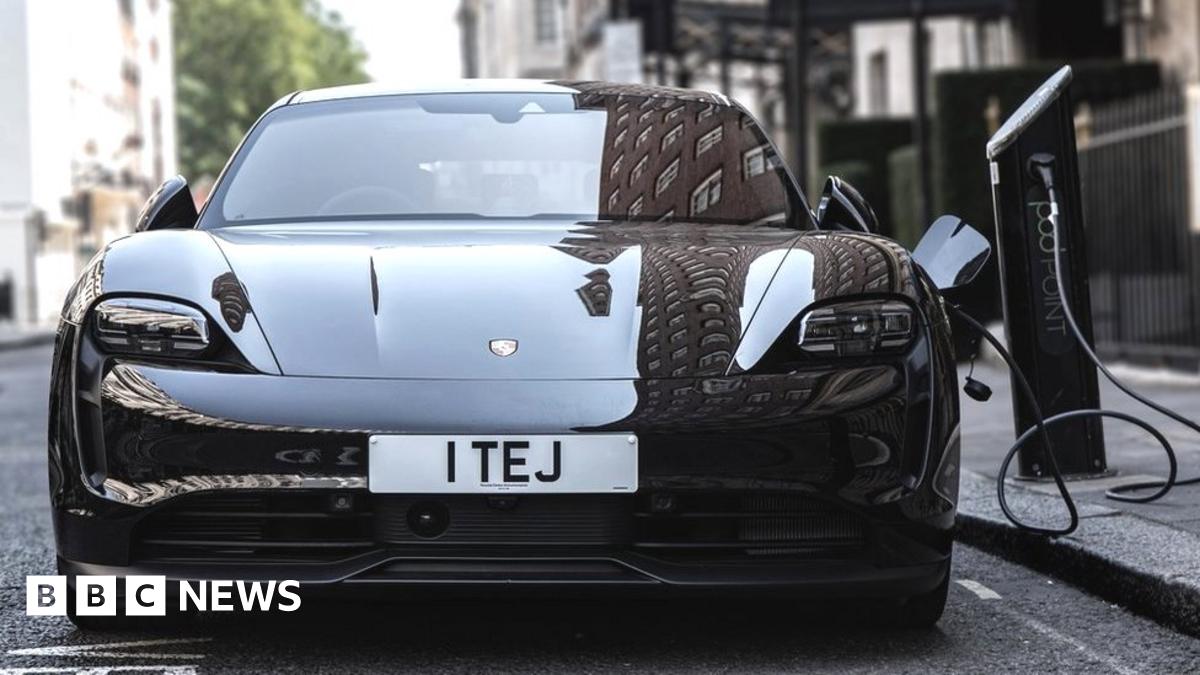GeoffL
Full Member
- Messages
- 909
Perhaps it would be better to read what Tesla say: They claim 500 miles for the longest range version of the Semi (not 600 miles). There are 8 charge ports on the Semi, not 4; there are not one but 4 battery packs. Charging the thing requires a staggering 1.6 MW, which exceeds the rating of most substation transformers and hence the grid would not be able to cope without a massive upgrade.This is an interesting conversation, but so much of the information provided and examples given are out of date. You need to look at the realities of current EV's and not those that were made 5 or 10 years ago.
Regarding trucks, the Tesla Semi is a Class 8 day-cab semi which meets the weight requirements. It has the same load carrying capacity as other Class 8 diesel semi's. But, can accelerate from 0-60mph in 20 seconds, which aids with roundabouts and getting onto motorways. It will maintain a speed of 60mph up a 5% incline, where diesel trucks only manage 45mph, better for traffic flow. The largest battery version has a range of 600miles, verified in real world conditions hauling batteries from the Giga-factory in Arizona to the car assembly plant in Fremont. When charging it adds 400 miles of range in 30 minutes. This is partly due to the fact that it doesn't use 1 supercharger, but can plug into 4 chargers.
EV batteries are developing faster than mobile phones. The current Nissan Leaf 60kWhr battery pack fits into the first Nissan Leaf built, and gives 4 times the range from a battery only 3 times the power capacity. Replacement battery costs are dropping and will continue to fall. Local garages are starting to offer battery swaps using battery packs from wrecked vehicles. The used battery pack is then being sold on by the garage to be used as storage for renewable installations.
Increasingly the design of batteries is closer to the requirements of EV's. The new tabless design will generate small amounts of heat during charging or discharging, removing the need for battery cooling. It is also largely recyclable. It provides increased storage density (range increase of 16%) and costs 14% less per kWhr. This is bordering on the level required to make EV's the same cost as fossil fuel cars.
Battery life is as yet still unknown. Many manufacturers offer an 8 year/100,000 mile range. Tesla, with a lot more real world experience changed this to 8yrs unlimited mileage.
Charging, Hyundai have launched the Ioniq5 which charges from 10% to 80% in 18 minutes with a 298 mile range. A sub-5 minute charge will give at least 60 miles range. You need to understand that with an EV, you don't discharge the battery fully and don't frequently charge it fully. So whilst a Tesla Model S attached to a supercharger will take 6 hours to charge, I never spent more than 30 minutes at a supercharger. This was at a time that I was doing 27k miles a year for business. Now I have a Nissan Leaf as I rarely drive out of Somerset, so the range of 110 miles (real world range) is fine. I drive about 120 miles a week currently (6-7K a year) and charge the car twice a week. I leave it connected to the charger whenever at home, as the app allows the car to pre-heat before driving. For most people in the UK, an EV with a range of 250+ miles would only need to be charged once a week, not every day. So even people in blocks of flats can own EV's without issue. People who do in excess of 20k miles per year will require a charger at home.
Maybe reading https://electrek.co/ or https://insideevs.com/ would bring you more up to date with current EV status.
They claim a 0-60 mph time of 20 secs at 80,000 lb (36.287 tonnes). They don't actually say so, but we can assume that's the gross weight -- the "8" of "class 8" means "80,000 lb", which reinforces this. Tesla don't give the tare weight, which would allow the payload to be calculated. However, I found a very pro-Tesla website (clicky link) where they've done some maths and further investigation. They reckon the batteries weight about 6 tonnes but consider Tesla should be able to drop that by 10% to 15% with new battery updates. Even with the reduction, they calculate the truck tare weight at 2 tonnes more than a class 8 diesel (and hence a 2 tonne lower payload). Note that the truck is rated at just over 35 tonnes, not 44 tonnes and so its payload is probably only about half that of a 44 tonne diesel artic, which makes a massive difference for logistics.
Your claim that "people in blocks of flats can own BEVs without issue" doesn't ring true to me. They'd have to find an vacant charger and then sit around for up to an hour most weeks while the car charges. While this could be done during the weekly shop, I doubt that supermarkets could provide sufficient charge points and the lack of dependably available charging seems a rather large issue to me!
Of course, all the LiBEV enthusiasm in the world isn't going to get around the two elephants in the room: that the grid can't cope and that there aren't enough mineral reserves in the World to convert entirely to these things.
(Edited to correct a typo)
Last edited:


